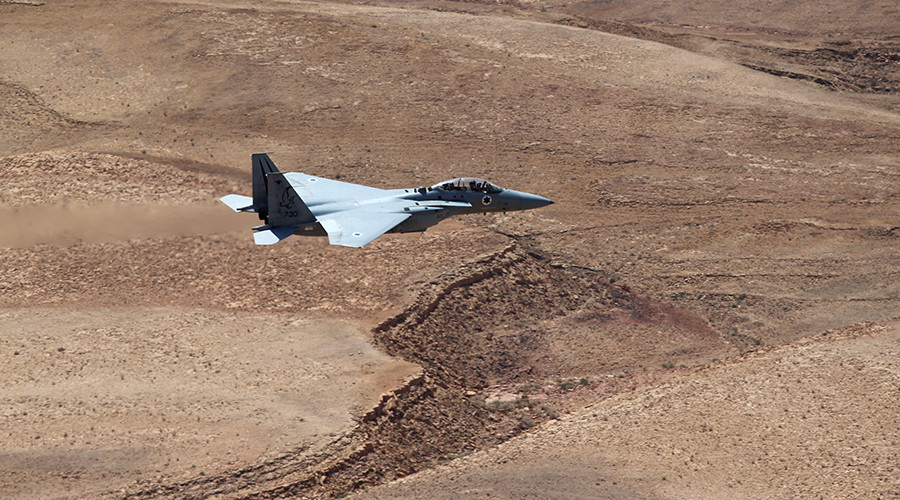The popular wisdom with respect to Syria was that once ISIS had been defeated, a Russian-brokered, UN-authorised political solution would be the start point for ultimately resolving the Syrian situation. But this has always assumed that Moscow has sufficient leverage to control events threatening its vital national interests.
Over the past week, Israeli air strikes against Iranian and Syrian targets; US targeting of Syrian regime elements attacking Kurdish-led forces in the east; and Turkish forces suffering increasingly heavy casualties in the north have revealed the limits of Russian influence in Syria.
The situation is neither the quagmire Barack Obama predicted Moscow would face in Syria, nor as resolved as it appeared in 2016 – the year after Russia’s intervention.
First, the Israeli air strikes. Drone penetrations into Israel are nothing new, having occurred on several occasions, but normally under the operational control of Hezbollah. A Syrian aircraft was downed in 2014 for encroaching 800 metres into Israeli airspace. In the unique strategic calculations of Levantine security, such incursions take place largely within acknowledged red lines that do not demand wider retaliation.
But on the weekend an Iranian-operated drone was shot down within Israeli airspace, and its presence breached the rules of the game. A substantive response ensued.
Read the full article by Rodger Shanahan in The Interpreter, published by the Lowy Insttitute.

